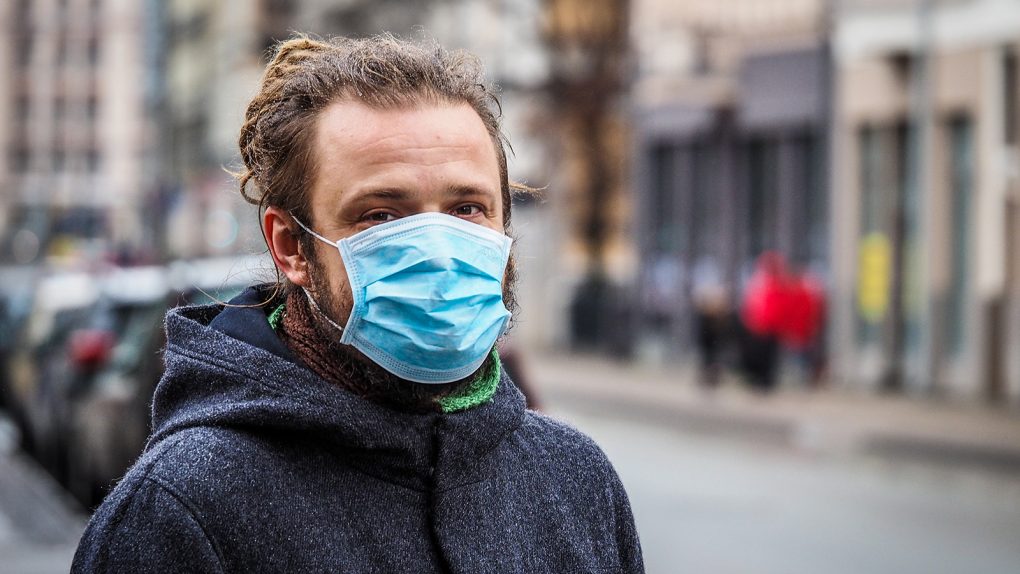- New research indicates that coronavirus transmission through the air might be enhanced by windy conditions, which could transport droplets well over 6 feet.
- The novel coronavirus can spread in the air via coughing, sneezing, and talking, with authorities advising up to 6 feet of distance between people to reduce the risk of infection.
- Social distancing practices should remain in place as countries open up to reduce the risk of COVID-19 infections.
- Visit BGR’s homepage for more stories.
Guidelines for the novel coronavirus health crisis explain the importance of social distancing to limit the spread of COVID-19, but they don’t necessarily agree on the minimum distance. The WHO says people should keep a physical distance of at least 3 feet, while the CDC advises 6 feet. There are instances where neither is possible, which is why the use of face masks is so important. An increasing number of studies have shown that the virus can travel well beyond 6 feet anyway, especially if it’s pushed around by ventilation.
Physics researchers looked at various models for airborne transmission of saliva droplets that can contain a viral load and concluded that with the right ventilation, they could travel more than 6 feet in the air.
Researchers from the University of Nicosia, Cyprus, published their findings in a new paper explaining that a breeze of just 2.48 mph (4 km/h) is enough for the droplets to reach 19.6 feet (6 meters) in just 5 seconds. Almost quadruple that wind speed, or 9.32 mph (15 km/h), and the virus needs just 1.6 seconds to travel the same distance. Without wind, the researchers say particles could fall to the ground within 3 feet (1 meter).
“The droplet cloud will affect both adults and children of different heights,” Dimitris Drikakis says. “Shorter adults and children could be at higher risk if they are located within the trajectory of the traveling saliva droplets.”
“At a lower wind speed, the total mass reduction occurs more slowly compared to a higher speed, which may prolong the exposure of a human to the droplets if the subject is located within the droplet’s envelope,” they said.

The researchers created a computational fluid dynamics simulation to analyze the state of saliva moving through the air in front of a person after a cough. They looked at the various effects that can influence the spread of particles, including humidity, dispersion force, interactions of molecules, and the evaporation of water from microdroplets. The study involved running partial differential equations on 1,008 saliva droplets, and solving some 3.7 million equations, Cosmos reports.
“Our findings imply that considering the environmental conditions, the two-meter (6 feet) social distance may not be sufficient,” the authors said. “Further research is required to quantify the influence of parameters such as the environment’s relative humidity and temperature, among others.”
Other researchers proved the coronavirus could travel more than 13 feet in a hospital ward with the help of air conditioning. Similarly, an air-conditioned restaurant was where an asymptomatic COVID-19 positive individual infected members of three parties seated at tables more than 3 feet apart in China. A different report showed that a single choir team member infected as many as 52 people out of 61 participants during a single practice.
The CDC changed the wording on its website a few days ago to make it clear that the primary way COVID-19 spreads is from person to person, and that transmission from objects and surfaces is less likely.
The new research from Cyprus further underscores the importance of wearing face masks, especially in settings where social distancing isn’t possible. It also indicates that people can get infected outdoors as well if the conditions are right. That’s why social distancing in public places should still be respected even if restrictions are lifted.
While there’s plenty of evidence that the virus can spread with ease via droplets and micro-droplets, and talking loudly is enough for a carrier to transmit the virus to others, these studies can’t tell us how much of a viral load is required to trigger the disease.








